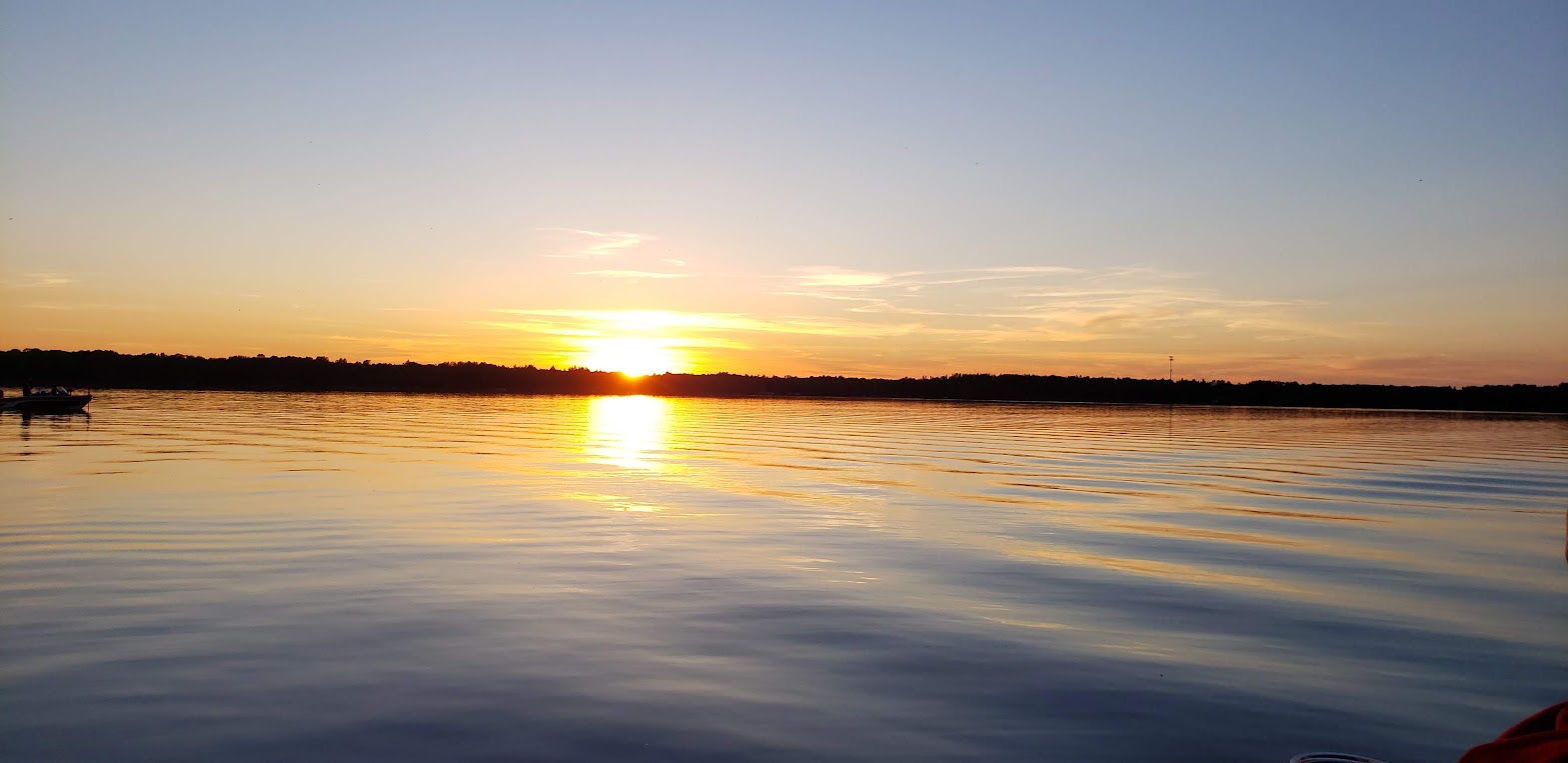What, exactly, constitutes a “shoreline restoration” project? What does it do and what should it look like?
A “shoreline restoration” project should effectively stop (or at least greatly reduce) storm runoff. The DNR standard suggests a buffer of approximately 75% of the shoreline x about 30 feet back from water’s edge. If you have 100 feet of shoreline you would be working with about 75 feet of that, thus leaving a 25 foot wide area for sand beach. The Association will be flexible with those figures however. A 15 foot deep buffer at the shoreline that is strategically placed to stop runoff and stabilize the bank against erosion from wave action is a start. This works even better if “upstream” stormwater reduction practices (e.g. rain gardens) are in place.
Coir logs have been used effectively here on Upper Hay to stop erosion from waves and wakes from boats. Various forms of native vegetation planted throughout the buffer zone will further stop the runoff.
Talk to an approved lakeshore restoration contractor or Beth Hippert at the CWSWCD, 218-828-6197 ext. 4251, for help with this.
